Overview
Keloid is the medical term for the type of scar which is characterized by the constant growth and expansion over the nearby tissue. Keloids are, additionally, protuberant, soft, and of pink or purple color. That is, they appear as the consequence of the excessive accumulation of type 3 collagen.
Fortunately, although progressively extending over the nearby skin surface, they are neither malign formations nor can be passed on to other individuals. The biggest problem is the complications to the skin that may happen, of course, if these scars are left untreated, and the most common unwanted consequence is the significant degeneration and displacement of some skin parts.
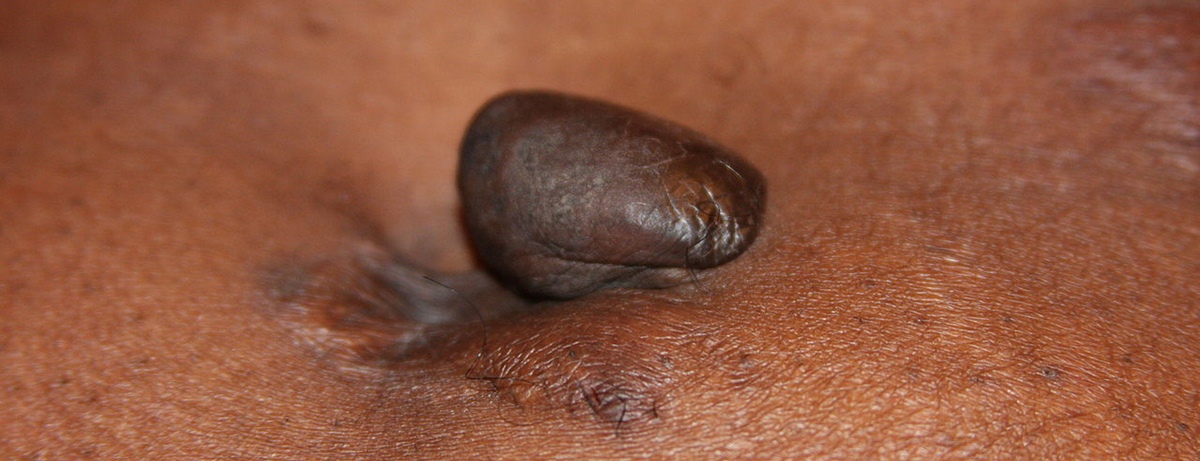
Also, it is important to point out that some people are more prone to be affected by this problem, and it hasn’t been yet scientifically proven why. That is because the main provokes are the same as in the cases of regular scars, and most commonly they tend to appear as the consequence of the scar from a surgical procedure, after tattooing and piercing, after squeezing acne, after receiving a vaccine (especially if the BSG vaccine is injected), or it can be caused by the similar injuries and if certain tension is present in the open injury. Unfortunately, sometimes keloids can appear on their own, as well.
However, it is a fact that older adults and small children are less likely to get keloids. They often grow on the facial skin, on the pending parts of the ears, and on the areas of the neck, back, chest, and shoulders. Some of the other symptoms may be the sense of itch and pain, especially, if the keloid is by accident rubbed against another surface.
Dealing with Keloids
There are a lot of ways to get rid of keloids, mostly because they can be very painful and because they are often a significant esthetic problem.
Unfortunately, none of the treatments is 100% efficient, but the most usually performed are the surgical procedures of the retrieval (since the simple incision can lead to the opposite effect), of removing them by the use of laser, and the procedure of freezing the keloid, which is focused on making it flat (but, this almost always includes certain pigmentation of the treated spots).
Among the less invasive treatments, the most popular is the therapy based on injecting cortisone, which is very effective, but the treated surface becomes very red after it. Also very popular are the injections of the chemical called fluorouracil and of the protein called interferon. Besides the injections, one could treat the keloids by applying the pads filled with the silicone gel over them, or by using homeopathy as the therapy.
- The aetiology of keloids is still poorly understood. The most common regions of the skin for keloids include upper arms, skin overlying joints, chest, shoulders and head–neck regions, particularly the ear lobes. The anatomical location of a keloid appears to alter its morphological characteristics. Some keloids can develop spontaneously; however, most occur years after local trauma and other events including inflammation, surgery, burns, elective cosmesis, foreign body reactions, acne, insect bites, vaccinations or mechanical force.
- The incidence of keloids is highest among darker-pigmented persons of African, Asian and Hispanic descent and is estimated to be in the range of 5%–16%. Males and females have an equal risk of developing keloids, although incidence is slightly increased in females, likely attributable to them having more cosmetic procedures like ear piercing. Persons aged 10–30 years are also at a higher risk of developing keloids. Additional risk factors include having blood type A, hyper-IgE and hormonal peaks during pregnancy or puberty.
- Keloid pathology is complex, involving both genetic and environmental factors. Keloids form as a result of abnormal wound healing and excessive dermal fibrosis. Development of keloids has been linked to over-proliferation and reduced apoptosis of dermal fibroblasts, over-production of collagen fibres and other extracellular matrix (ECM) components as well as abnormal ECM production and remodelling.
- We explored the literature and summarise the general concepts surrounding keloid development and review both current (corticosteroids, surgical excision, silicone-based products, pressure therapy, radiotherapy, cryotherapy, laser therapy, imiquimod and 5-fluorouracil) and emerging (stem cell therapy, mitomycin C, verapamil, interferons, bleomycin, botulinum toxin type A and angiotensin-converting enzyme inhibitors) treatments.


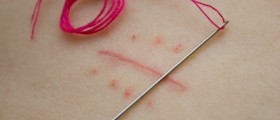

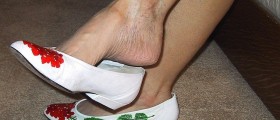


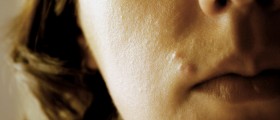
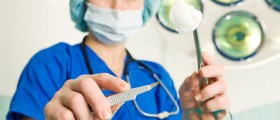

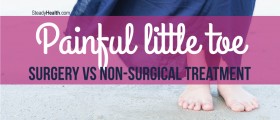



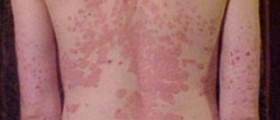
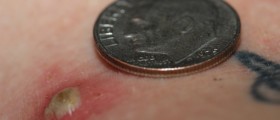
Your thoughts on this
Loading...